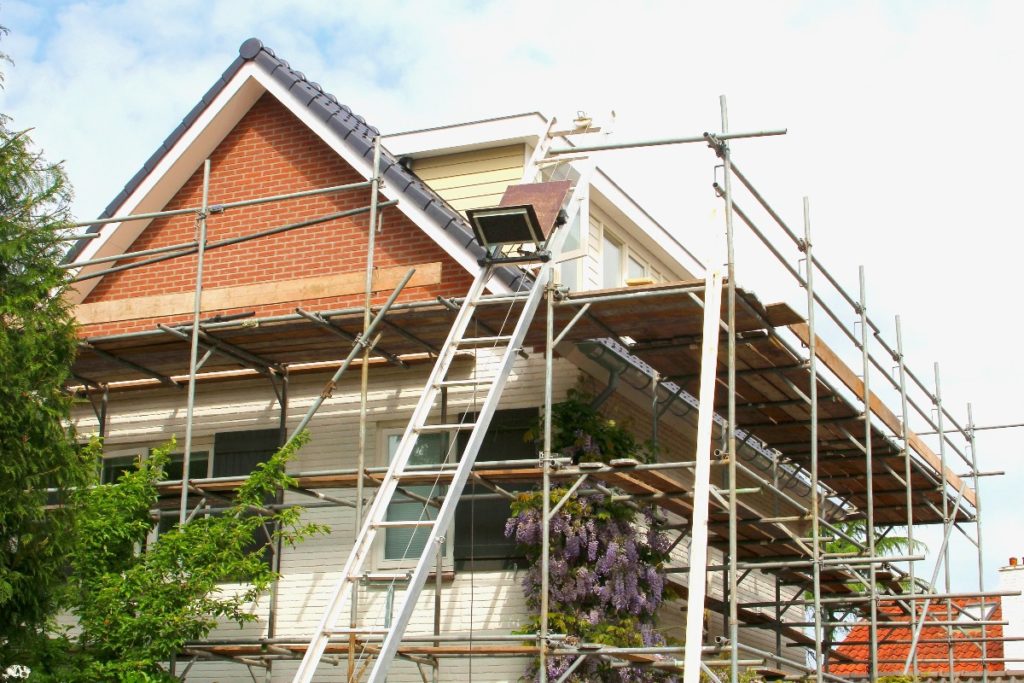A home with a beautiful exterior made of high-quality materials looks like it’ll age like wine. The paint colors are timeless, the accent walls stunning, and the front door ever so welcoming. But a home, no matter how appealing, will only look pristine for a couple of years.
Though preventive maintenance significantly helps, at the end of the day, it’s nature that decides how beautiful and sturdy the home is going to be after a while. Plus, some parts of a home are perpetually exposed to the elements, so no matter how you maintain it, they’re bound to experience issues over time.
To predict the possible maintenance issues you’ll deal with in the future, here are the parts of a home that will deteriorate the fastest:
1. The Roof
As the main protective structural part of a house, the roof suffers the most wear. It’s the first thing the sun, rain, and snow hit. If it’s not the toughest type, or if its installation was faulty, strong winds can tear it off your house.
Cleaning your roof and gutters regularly will prevent most maintenance issues. But roof-cleaning isn’t a task most people find DIY-friendly. If you don’t have a ladder and protective equipment, you can get injured.
But professional roof cleaning tends to be pricey. If you’re not willing to stretch your maintenance budget, at least invest in a sturdy ladder and harnesses, and other protective equipment. Tackle the gutters first, taking away the leaves and other debris, especially during the fall. If there’s a tree branch looming above your roof, consider cutting it off so that the leaves won’t fall over the roof and gutters again.
But removing the leaves should be easier if you have a low-slope roof. You may no longer have to go up the ladder for the task, especially if your home only has one story. Just use a roof leaf rake, which costs only about $20. Roof rakes remove ice as well. If the leaves are wet, use your garden hose to drag them off the roof.
Moss is a harder issue to deal with. If you spotted it early, you can just sweep it off. But if it has started to build up, you have to kill the moss first. Use a moss-killing product based on potassium salt or fatty acids, not zinc sulfate, because that may be toxic. Apply the product on the moss, and when you wash it off, keep the runoff away from the storm drains to prevent water contamination.

2. Gutters
Gutters are usually included in roof maintenance, but the gutters can experience their own issues, too. Aside from leaf and debris accumulation, gutters may also suffer holes and cracks over time. When neglected, leaks inside and outside of your house will occur.
Luckily, repairing gutter cracks and holes is simple. Just use a chisel to scrape off the damaged caulking, then dry the area. When it’s ready, apply a bead silicone sealant on the crack or hole, and the water should stop leaking as a result.
Inspect the downspout’s rivets as well. Those things tend to loosen or fall off frequently. Tighten them again using a rivet gun, which only costs around $20.
If your gutters are already old and rusty, it’s most likely time for a replacement. Switch to aluminum or vinyl gutters so that they’ll never rust. If you can’t afford to replace your gutters yet, scrape off the rust with sandpaper, coat the surface with a good primer, and paint over it with good-quality rust-inhibiting paint.
3. Siding
The siding doesn’t suffer as much wear as the roof and gutters, but their quality can still degrade pretty fast, especially if its material isn’t long-lasting. Plus, some siding materials are outdated, such as asbestos. If you didn’t know yet, asbestos is notorious for causing serious lung diseases, including lung cancer.
Replacing broken or outdated siding requires professional siding installers. You can choose among better-quality materials, such as wood, metal (aluminum and steel), vinyl, and fiber-cement. Budget-wise, metal, and vinyl are the most affordable, while wood and fiber-cement prices can run from moderate to high.
4. Exterior Paint
After a few years, you’ll start noticing your exterior paint peeling off or fading. Touching up the affected areas will fix it, but if it’ll result in an uneven coat, you may have to do to a full repainting job. Although this is DIY-friendly, it’s time-consuming, not to mention the high areas are risky. If you’ll hire a professional, call them in spring, because wet paint in the summer may get ruined by occasional rains or typhoons.
Fortunately, most home exterior materials are designed to last and withstand the elements, so you don’t have to fuss over them often, as you would over your interiors. Still, keep an exterior maintenance checklist to avoid forgetting your curb appeal’s upkeep.

